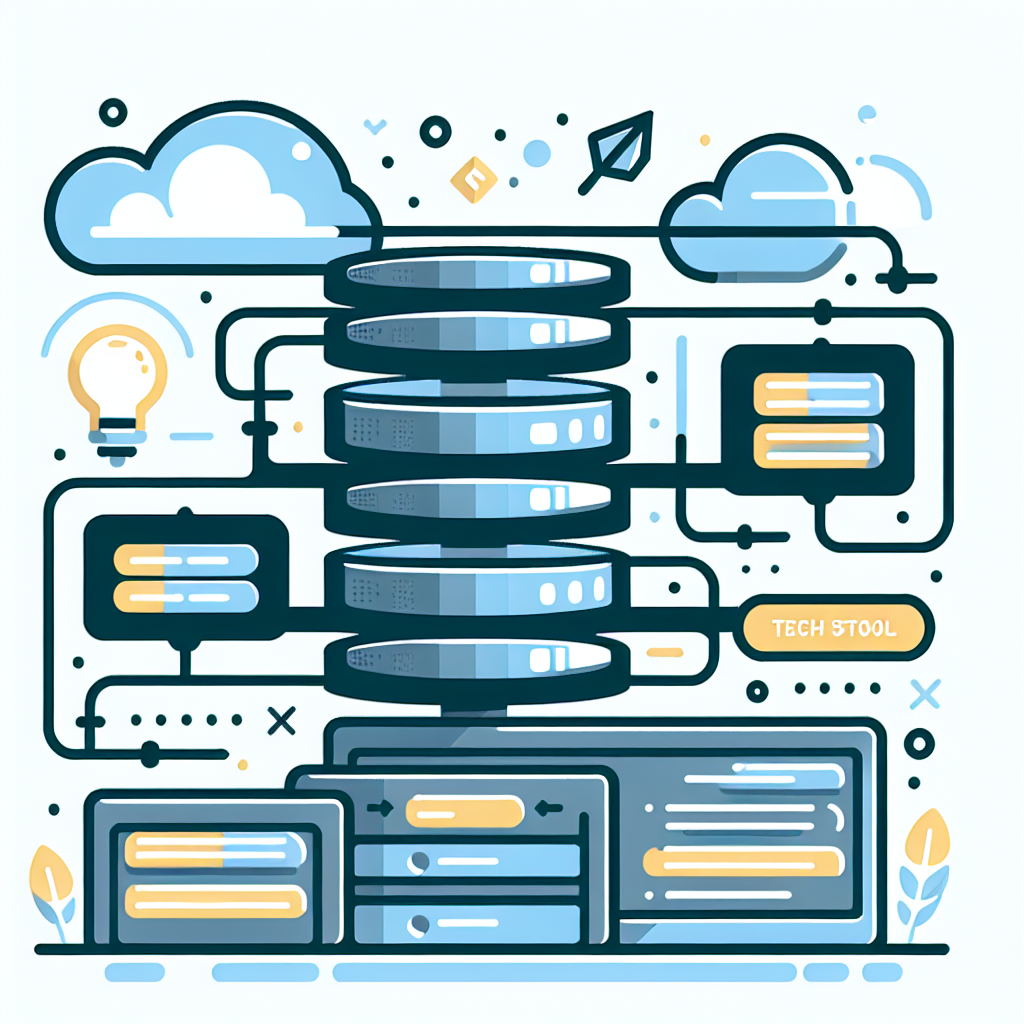Optimize Swift Apps: Seamless NoSQL Integration Tool
Effortlessly convert Swift data to NoSQL with our innovative tool. Streamline app development and enhance database integration. Fast, reliable, and efficient!
Source Code
Converted Code
Output will appear here...
Swift to NoSQL is a powerful tool designed to seamlessly convert Swift data models into NoSQL database structures, enhancing app performance and scalability. Ideal for developers looking to streamline data management, it supports faster query execution and real-time analytics. Perfect for mobile app development, its ease of integration with popular NoSQL databases like MongoDB and Couchbase ensures optimal data handling.

Swift to NoSQL: Bridging the Gap for Developers Link to this section #
Effortlessly transition from Swift to NoSQL databases with our innovative tool, designed to streamline data management for iOS and macOS applications. This tool offers seamless integration and efficiency, enhancing your app's capabilities by leveraging the flexibility of NoSQL databases like MongoDB and Couchbase.
Key Features: Link to this section #
- Swift Integration: Easily incorporate NoSQL database functionalities directly into your Swift applications, reducing development time.
- Data Modeling: Automatically generate data models that align with NoSQL schemas, ensuring smooth data flow and management.
- Real-time Sync: Keep your data up-to-date with real-time synchronization between your app and the NoSQL database.
- Scalability: Effortlessly handle large datasets and increased user demands with NoSQL's scalable architecture.
Getting Started: Link to this section #
Install the Tool: Add the tool to your Swift project via Swift Package Manager or CocoaPods.
Configure Database: Set up your NoSQL database connection string and authentication details.
Define Models: Use the following code snippet to define a model in Swift:
struct User: Codable { var id: String var name: String var email: String }Perform CRUD Operations: Use intuitive methods to create, read, update, and delete data:
// Create database.insert(user) // Read let user = database.find(byId: "123") // Update user.name = "New Name" database.update(user) // Delete database.delete(user)
Benefits: Link to this section #
- Enhanced Flexibility: NoSQL databases support diverse data types and structures, allowing for more complex and flexible data handling.
- Improved Performance: Experience faster query responses and data manipulation with NoSQL's optimized architecture.
For further reading, explore MongoDB's official documentation and Couchbase's resources.
This tool is ideal for developers looking to leverage the power of NoSQL databases without leaving the Swift ecosystem, ensuring efficient data handling and robust application performance.
Frequently Asked Questions
How can I integrate Swift with a NoSQL database?
To integrate Swift with a NoSQL database, you can use libraries or SDKs specific to the NoSQL database you are using. For example, if you are using MongoDB, you can use MongoDB Stitch SDK for Swift. For Firebase, you can use Firebase's Firestore SDK which is well-supported in Swift.
What are the benefits of using NoSQL databases with Swift?
NoSQL databases offer flexibility in handling unstructured data, scalability, and high performance, which can be advantageous for Swift applications that manage large volumes of data or require real-time data processing. Moreover, NoSQL databases often provide simple data models, which can be easily managed within Swift applications.
Is it possible to perform complex queries using Swift with NoSQL databases?
Yes, it is possible to perform complex queries using Swift with NoSQL databases. Many NoSQL databases like MongoDB and Firebase provide powerful querying capabilities, including filtering, sorting, and aggregating data, which can be accessed through their respective SDKs in Swift.